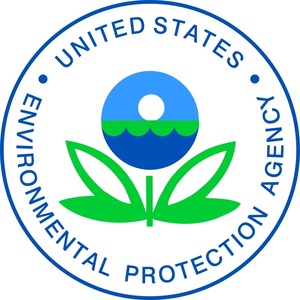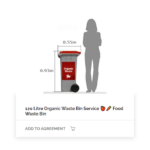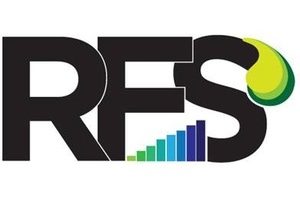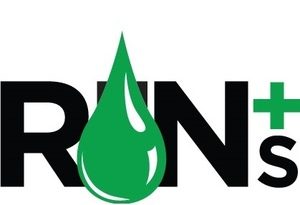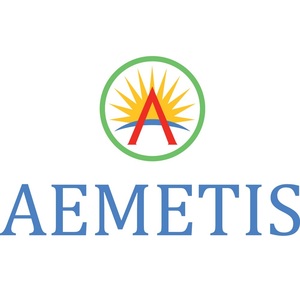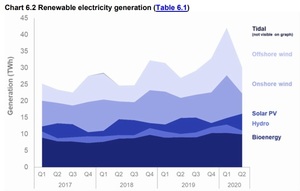EPA awards $2 million to food waste anaerobic digestion projects
Energy Disrupter
By U.S. EPA | March 04, 2022
ADVERTISEMENT
On Feb. 24, the U.S. EPA announced the selection of 11 organizations expected to receive a total of approximately $2 million in funding to divert food waste from landfills by expanding anaerobic digester capacity nationwide. Anaerobic digestion (AD) is a process in which microorganisms break down organic materials, such as food scraps, manure, and sewage sludge, in the absence of oxygen. The process produces biogas, which can be captured and used for energy production, and digestate, a nutrient-rich product used for fertilizer.
“Anaerobic digestion is an important way to ensure essential nutrients are recirculated into our ecosystems,” said Carlton Waterhouse, deputy assistant administrator for the EPA Office of Land and Emergency Management. “This kind of innovation helps communities reduce food waste that could end up in landfills while capturing methane for use, instead of having it go into the atmosphere.”
By decreasing the amount of wasted food in landfills, AD reduces landfill methane emissions, in turn reducing impacts of climate change. Methane traps 28 to 36 times more heat in the atmosphere over a 100-year period than carbon dioxide. Additionally, AD is a strategy included in EPA’s food recovery hierarchy that is preferable to landfilling and incineration because it reclaims valuable resources, contributing to a circular economy. Keeping food waste out of landfills by transforming it into fuel or fertilizer can save money and reduce environmental impacts.
EPA is prioritizing environmental justice by ensuring nearly half of the funds announced today will be awarded to projects or recipients located in underserved communities. Specifically, EPA considered the effects of this program on people of color, low-income, tribal, and indigenous populations, and other vulnerable populations, such as the elderly and children.
Each selected organization will receive a range of approximately $150,000 – $200,000 over a two-year period. The 11 organizations selected for AD project funding are:
•District of Columbia Department of Public Works (Washington, D.C.): Plans to establish a training and certification program for commercial food waste generators that will equip the participants to set up successful source-separated organics programs to divert food waste to anaerobic digesters for processing.
•Food Lifeline (Seattle, Wash.): Plans to develop an AD demonstration project that introduces the community of South Park to alternative energy production through hands-on, culturally, and linguistically relevant engagement and education opportunities.
•Georgia Southern University Research and Services Foundation (Statesboro, Ga.): Plans to conduct a feasibility study to advance the understanding of how existing AD capacity at pulp and paper mills can be sustainably leveraged for the treatment of food waste from university campuses.
•Monterey One Water (Monterey County, Calif.): Plans to conduct a feasibility study to evaluate the conversion of existing anaerobic digesters at its wastewater treatment facility to co-digest sewage sludge with food and other organic wastes diverted from the area.
•Northeast Waste Management Officials’ Association (NEWMOA) (Boston, Mass.): Plans to develop environmental justice engagement and regulatory compliance guidance and training to support states seeking to increase food waste diversion rates through AD utilization.
•Ohio University (Athens County, Ohio): Plans to study and quantify the potential for waste diversion at microbrewery brewpub businesses and demonstrate an AD model system scaled for that sector.
•San Luis Valley Local Foods Coalition (Mosca, Colo.): Plans to install a high-efficiency AD system to process food and organic waste that will demonstrate the technological feasibility and cost effectiveness of such a project in Colorado’s rural, high-alpine San Luis Valley region.
•University of Iowa (Iowa City, Iowa): Plans to conduct a project that will use computational modeling to demonstrate optimum conditions for biogas production while minimizing digester issues.
•University of Puerto Rico Medical Sciences Campus (Cataño, Puerto Rico): Plans to conduct a project to empower and educate the local community in utilizing AD for organic material management through a seminar series and small pilot facility to demonstrate benefits.
•University of Vermont (Burlington, Vt.): Plans to perform a study to assess current capacity at digesters to accept food wastes; the potential impacts of food waste co-digestion on biogas production; and the potential impacts of co-digestion on nutrients and microplastics in digestate.
•Yurok Tribe (Klamath, Calif.): Plans to establish an AD pilot demonstration project to divert the food waste generated on and near the Yurok Indian Reservation, beginning with a local elementary school.
EPA will make the awards once all legal and administrative requirements are satisfied.
For this year’s grant competition, EPA evaluated applicants on how their projects addressed numerous factors resulting from industrial, governmental, commercial, and/or other actions: human health, environmental, social, climate-related, and other cumulative impacts, and accompanying economic challenges of such impacts.
Background
In 2019 and 2020, EPA awarded a total of more than $110,000 and more than $3 million in cooperative agreement grants, respectively. The project types selected for funding include feasibility studies, demonstration projects, workshops, as well as technical assistance and training.
For more information on AD, visit: https://www.epa.gov/anaerobic-digestion.
To learn about other EPA resources and possible funding opportunities related to the food system, visit: https://www.epa.gov/sustainable-management-food/resources-and-possible-funding-opportunities-related-food-system.

